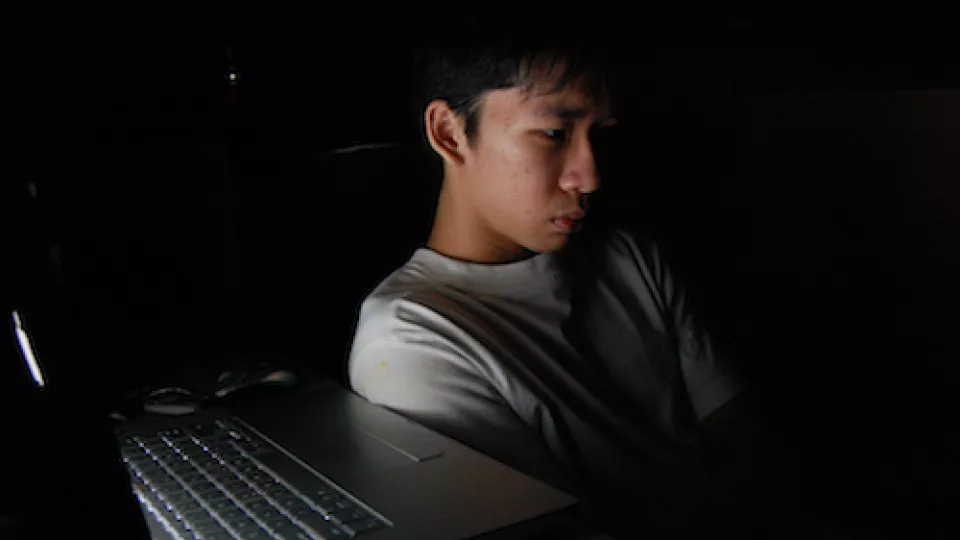In recent years, citizen journalism has become a widely known phenomenon. It involves ordinary citizens witnessing events, documenting them on their mobile phones and sharing them on social media. It has become an increasingly important news source that often sets the tone of how an event is perceived by the world.
“Common within this type of citizen journalism is that it is perceived as truth to at least the same extent as ordinary journalism”, says Agneta Mallén.
She argues that the credibility is enhanced by the often poor film quality and shaky image, giving the viewer a high sense of presence, allowing them to become less critical of the source.
“Another problem with citizen journalism is that it opens the door to cyber bullying”, says Agneta Mallén.
Watch interview with Agneta Mallén:
In a recently published study, she has analysed a video clip that circulated a few years ago under the name “Crazy Granny”, which shows an elderly woman who looks as if she is trying to sneak away without paying for her taxi fare. The clip has been viewed hundreds of thousands of times, and in hundreds of comments the woman is defamed and ridiculed.
“The comments against the old lady were extremely harsh. Many of them were sexist and encouraged violence. Furthermore, from the comments it was possible to determine the woman’s identity and address”, says Agneta Mallén.
Agneta Mallén read the taxi driver’s police report against the woman and got a completely different story than the one told in the video clip. It turned out that the woman was not at all trying to avoid paying for her taxi fare, but rather the conflict was about her accidentally spilling on the seat of the taxi, and the fact that the driver wanted her to pay damages before letting her leave. The police classified it as an accident and immediately closed the preliminary investigation.
“But the damage was already done. The woman had already been humiliated in a massive cyber bullying campaign, and never received any redress. The woman was subjected to a virtual punishment for something she did not do. The behaviour is very similar to the medieval pillory where the sentence entailed being mocked in public”, says Agneta Mallén, who thinks it is important to discuss the downsides to citizen journalism.
“Video clips filmed with a mobile phone can help police solve crimes and are increasingly used as evidence in trials. However, it is important to realise that these videos only show part of the truth and that the person being filmed does not have any say on the material before it is published online”, says Mallén.
Download the study
Mallén, A (2016). Stirring up virtual punishment: a case of citizen journalism, authenticity and shaming. Journal of Scandinavian Studies in Criminology and Crime Prevention
